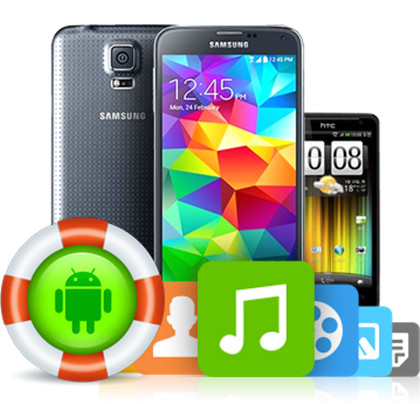By Selena KomezUpdated on April 23, 2020
With USB debugging, you can connect Android phone to computer and manage your Android device on computer;transfer data from old phone to Android; recover Android data on computer; backup Android data to computer; root Android on PC; erase your Android phone on computer; extract data from damaged Android on PC; remove screen lock and get data back by Android Toolkit; manage Android on computer; transfer Android data to PC; mirror your Android device on your computer screen wirelessly or install/uninstall application with much convenience. However, when you have got a new Android phone, like Samsung Galaxy S/Note/Ace/J/C series, Huawei Mate/P/nova/G/Y series, HTC One, Motorola, Sony Xperia, Lenovo, LG, Oppo, Google Pixel, Nexus, Meizu, Xiaomi or other brands of phones, opening USB debugging is a problem you will face.
You May Like:
The ways to enable USB debugging mode on Android, which is accounted for the key step in Android rooting process, switch from one Android version to another. USB Debugging is required by adb, which is used for rooting, backing up, installing a custom ROM, tacking screenshots from computer and more.
Step 1. Connect Android with PC
Connect your Android device to computer using a USB cable. Make sure you have enabled USB debug on your device. If not, you can follow the instruction below to enable USB debug.
For devices running Android 4.2 or above.

For devices running Android 3.0-4.1.

For devices running Android 2.0-2.3.

Step 2.Allow USB Debug and Connected Successfully
If your device is running Android 4.2 or above, it will also ask you to Allow USB Debugging. Just tap on Allow on your popup message on your Android phone.

In a few seconds, Android Screen Recorder will connect to and recognize your Android device successfully.
Prompt: you need to log in before you can comment.
No account yet. Please click here to register.

No comment yet. Say something...